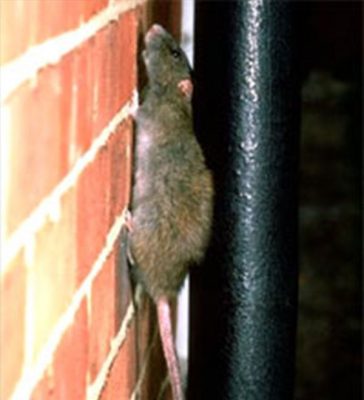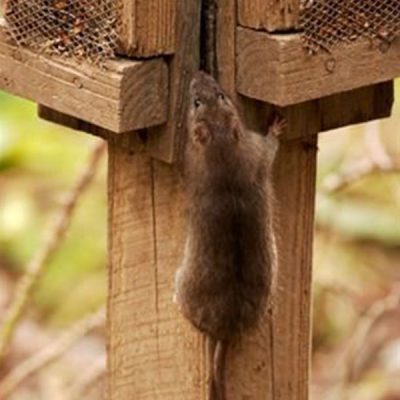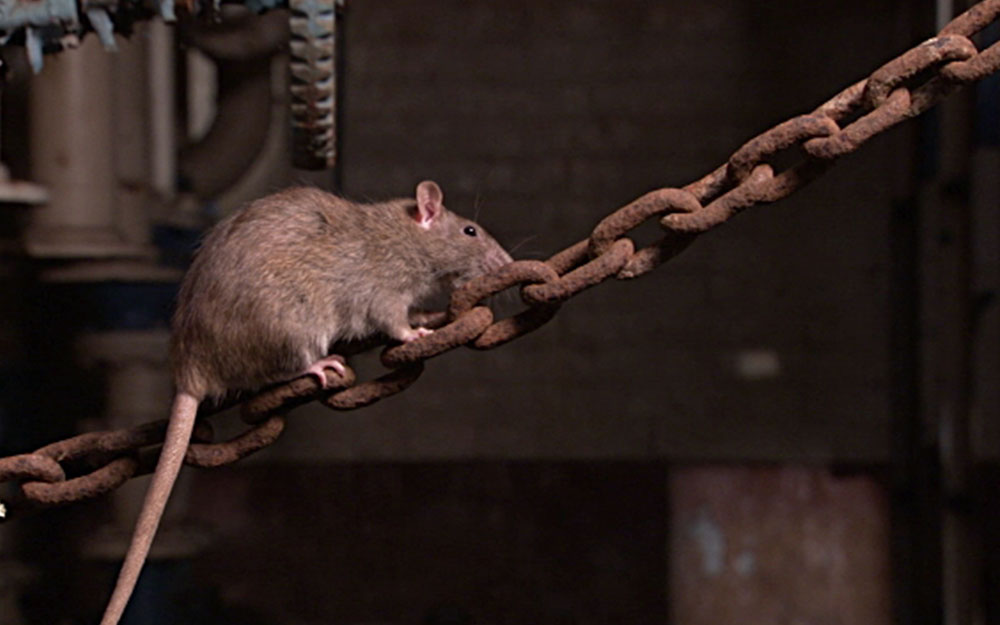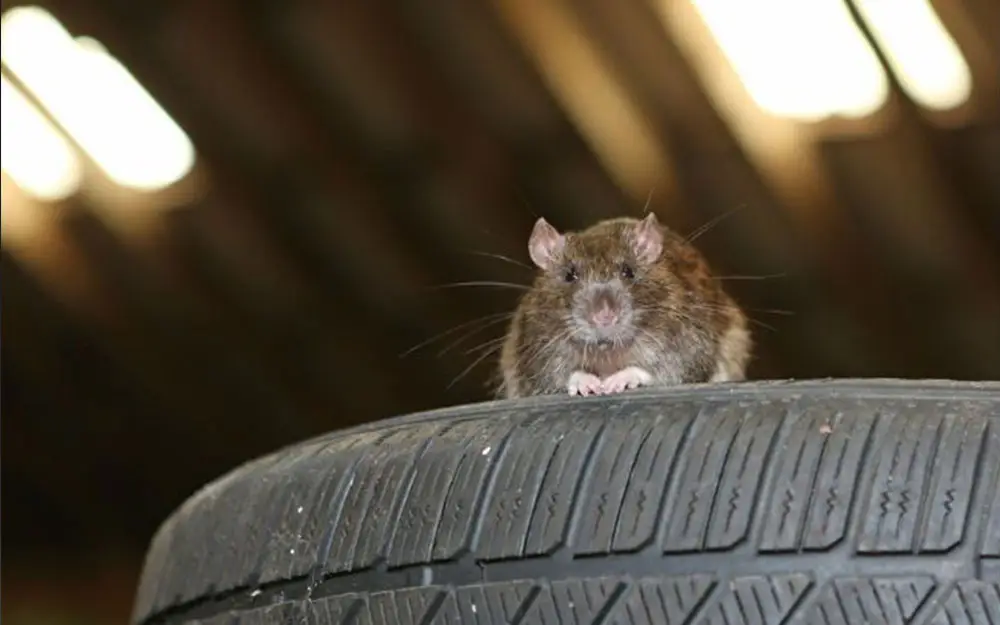We often come across customers who have spent thousands with roofers and builders have every last hole in their roof plugged convinced rats were climbing up the sides of the building at night and getting into the roof void that way.
People talk to us about ‘roof rats’ and seem to think that there is a species of rat out there that specialises in infesting roof voids in this manner and therefore sealing the roof from the outside is the only manner.
There is a lot of confusion and myth here so let’s have a look at the facts…
What are rats physically capable of?
Yes rats can climb walls – go onto YouTube and you can see this.

But they are quite a heavy animal (230g) and so gravity is a serious consideration – mice however (19g) don’t give it a moment’s thought.
To successfully make 230g defy gravity, you need a very rough surface – something like pebble dash or breeze block.
Even then it’s a risky escapade for a rat and something they would generally only consider in desperate circumstances (i.e. to get away from a predator) or if the reward was high (i.e. to get to a rich food source).

Once they get to the top of the wall they still have to get past the soffit – rats can’t invert themselves (like flies) and soffits are typically slippery things made of UPVC or painted wood.
So all in all, climbing the side of a house is a pretty risky exercise for a rat – you are fully exposed for predation, good chance of falling and sustaining injury and it takes a lot of time and energy.
Think of it as climbing a tree or a rock face – yes most of us could do it if we really had to but we would be very aware of the risks and therefore only attempt it in very special circumstances (i.e. not make a habit of it).
Sure if there is ivy growth or a cable trap providing more grip and cover then it might be more on the cards but in the vast majority of cases, rats really aren’t interested in trying to get into your roof void this way.
What about roof rats?
Roof rats are another name for the Black Rat (Rattus rattus) which is virtually extinct these days in the UK. There are only a few pockets of infestation around the South Coast. Yes they are agile climbers and do like to occupy roof spaces but they simply aren’t around in the UK anymore. The Norway rat (Rattus norvegicus) is the species you are dealing with – these are much bigger and less adapted to climbing than the roof rat and they like to live in sewers.

Virtually every case we deal with where rats are within the roof void, the rats have got there via a drainage defect below ground.
They climb into the roof void from this initial point of infestation through the wall cavities – these have insulation, rough mortar joints, wall ties and other features making them much, much easier to climb.
Also wall cavities are safe from predation and dark 24/7 meaning that rats can fully use their nocturnal senses.
The wall cavity will be open within the roof void therefore allowing the rat to simply emerge without having to negotiate any soffits and facias – nice and simple.
Alternative routes are boxed soil stacks and boxed pipe runs – again all enclosed and typically full of insulation for safe, easy climbing.
It is possible to mesh line roof voids and therefore stop rats emerging into this area but they will still be able to occupy wall cavities and floor cavities so you are still at risk of something emerging into your living areas plus they will still chew cables, pipes and structural timbers and defecate/urinate everywhere.
Our advice for such scenarios is always to start with the drains – that is where Mr Norway rat likes to live and therefore that is where he will emerge from to infest your building in the vast majority of cases.
Special forces divisions that climb up the sides of walls under cover of darkness are mostly a myth!


